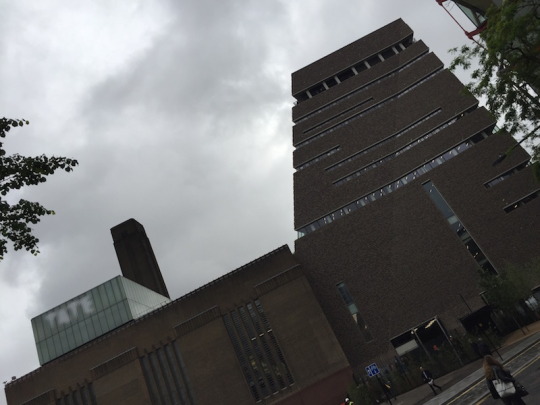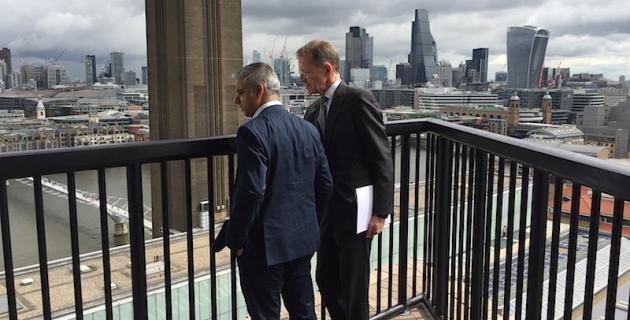In 2015, BBC art editor Will Gompertz asked, “What can the Tate do to regain those hundreds of thousands of domestic visitors that they have lost?”
It was actually a tad more than hundreds of thousands. Tate Modern had over 1 million fewer visitors, its largest fall for over 10 years. Tut, tut.
It’s no use blaming the Paris terror attacks either, because, in the same year, the British Museum increased visitor numbers by 2% to 6.8 million and retained number one spot. Tate Modern dropped to fifth place.
Serota’s answer is to invite thousands of eager school kids to come on down and get into art. All very commendable, but one has to question his motives.
Perhaps he also hopes that the highly uncontroversial new extension will attract hordes of curious and admiring art and architecture lovers?
With arts funding being cut throughout the UK, and visitor numbers falling, one wonders how the Tot can justify spending £215 million on a new extension.
OK, so it was probably planned years earlier, but everyone in the arts has had to cut back on planned and approved projects since 2008/9.
As for the new building itself, while the underlying shape is an interesting “twist” on the original chimney, the use of acres of brick, relieved minimally by tiny helmet visor-like window slits, is a clumsy iteration of the original turbine hall.
The original was an honest, unfussy, “form follows function”, industrial building. The new extension is trying too hard to match in.
I thought most planners now frown upon having extensions that match original buildings too closely?
So, if you live in a wattle and daub thatched cottage, as we do, quite rightly, they won’t let you have an ersatz copy of it for an extension, particularly in terms of materials.

One half of our semi is 14th Century with a cruck frame construction. The other half is 16th Century box frame. Both use a mix of wattle and daub and flint noggins. Our neighbour’s half was built in the 19th Century entirely of brick, presumably when that original half of the house fell down. Our old lady part does lean heavily to the left against the brick.
If we could ever afford to, we’d love to build an extension based on a black steel frame with curved cruck blades, glass and composite material walls and a curved sedum-planted roof.
Sedum roofs are the new thatch. BMW have it on one of their new factories. Mmmm. Dream on baby.
This mix of styles is what makes the UK’s buildings so interesting.
Returning to the Tate extension, I think they were right to reject the glass cubes idea, but they could have used something other than that hideous yellow London brick. They could have used steel, recalling the turbines and gantries of the original building.
Look again at the basic structure. It really has something going for it in a bombed-out-building sort of way. That in itself is interesting and appropriate, because the South Bank was known a bomb alley during the blitz, as the Nazis flew along the river to hit the docks. Sometimes they either missed their targets or offloaded unused bombs on their way back along the Thames.
The eastern part of what is now the South Bank Centre, was previously occupied by a lead works and shot tower. They were destroyed and replaced by a variety of very different buildings.
Prince Charles described Denys Lasdun’s National Theatre as being like “a nuclear power station”.
It may have been Brutalist, but at least it wasn’t boring
It’s a shame. I was hoping for something revolutionary. Something of the future, not the past.
Words: Iain Maclean Photo © artlyst 2016

